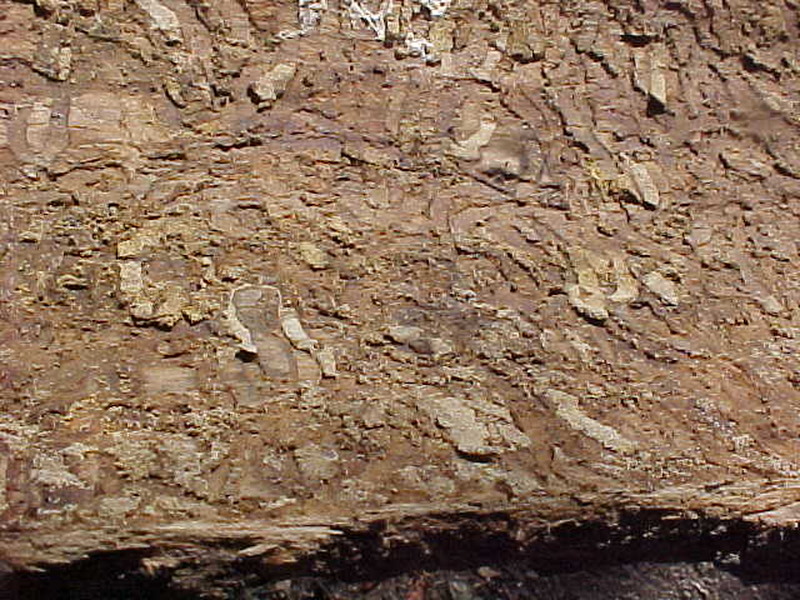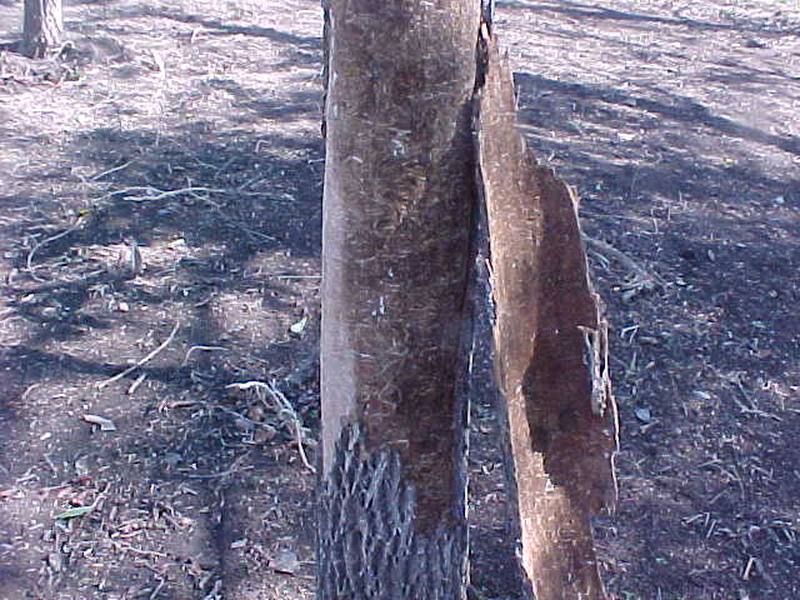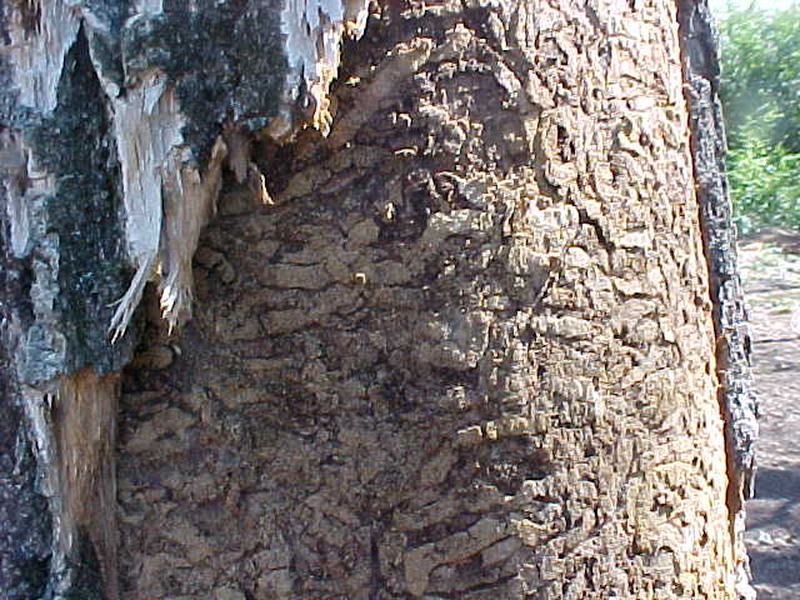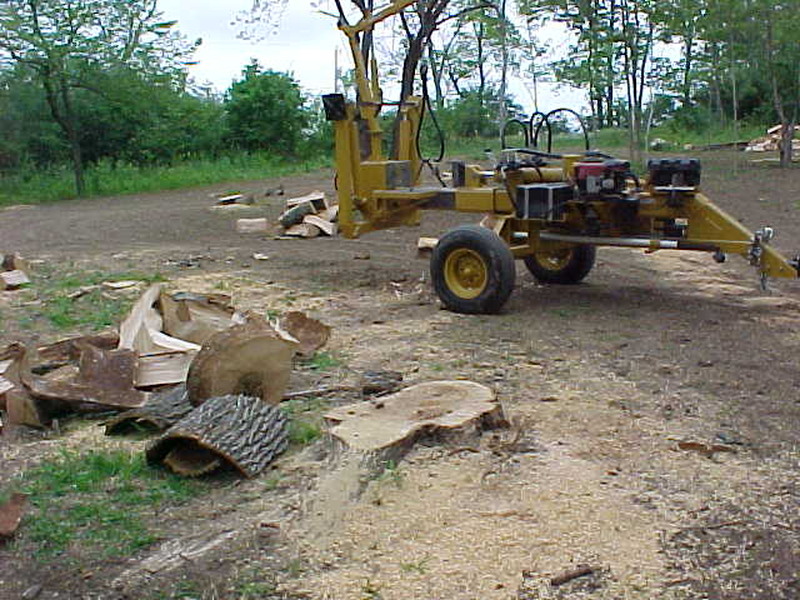Correction to BWS-LLC,
First elm, then ash....
Chestnut went before elm. Have there been others?
I didn't realize chestnut got attacked too. When was that?

Correction to BWS-LLC,
First elm, then ash....
Chestnut went before elm. Have there been others?
How about the Hemlock , anyone loosing them too , I'll be walking in the woods and there is a beautiful Hemlock all the needles gone ,standing dead .









You may want to consider a thornless honey locust. They grow fast, are disease free, and the wood is surprisingly dense considering the growth rate. The shade density is much less than ash, so other plants and grass can grow underneath them. Many were planted around here to replace elms.I wish I didn't have such good pics of it, just wish the liked honeysuckle better!



You can walk up to an effected tree and almost debark the trunk by hand. I dropped a few that when they hit most all the bark popped off the trunk. They don't seem to go for limbs as I guess the flow of fluid isn't as much there.
I am using all the dead on my place and pulled 50 cord so far. Probably another 20-30 yet. Just ran out of indoor storage and letting it store upright for the moment.

This is the hillside woods at my place. You can see it was mainly ash and not much left. Going to plant trees this spring as I smoothed it down but what? My fear is like what happened to oldman47, I'll plant them and a few years later another invader will take them all out. Leaning towards walnut.
You may want to consider a thornless honey locust. They grow fast, are disease free, and the wood is surprisingly dense considering the growth rate. The shade density is much less than ash, so other plants and grass can grow underneath them. Many were planted around here to replace elms.
I've seen a very similar scenario with red pine here that you describe with the hemlock. Needles drop , tree dies but white pine standing right next to them are completely fine. Haven't noticed in hemlock here yet. I'm in north east PA. Also haven't personally seen the ash borer yet.Sounds pretty wide spread , Michigan to Pa , not sure about the New England states . Sorry to hear about your 1000 ash plantings oldman thats hard to take , its alot of work planting and taking care of trees . We are also loosing all of are Hemlock to some kind of blight but its not getting the white pine , first the needles go then the fungus takes over , its hard to get it for firewood before you know its punky unless you cut healthy looking trees way before they get it and I won't and can't cut live standing trees on other properties. I haven't been seeing the worm pathways in the ash , what I'm seeing is the tree looses all the normal grey outer bark and all thats left is the light brown inner bark showing , they really stand out you can't miss them .



When I drove up to Niagara from Illinois I saw dead ash everywhere along the interstates. Any place I saw ash a good part of them were dead including Illinois, Indiana, northern Ohio, upstate New York, NW PA and up into Ontario.I think it is pretty well all over Ohio...
If you plant, use a diverse mix. I am about to lose around 1000 trees but I planted over 5000 all together. Some of the others are white and red oak, hickory, American hazel and black walnut. No monoculture for me for exactly that reason. Now I need to figure a new species for where I will need to plant to replace the ash. It was pretty much scattered around but I am sure there will be a few places that need a replant. My hazel is an edge planting because they never get very big.This is the hillside woods at my place. You can see it was mainly ash and not much left. Going to plant trees this spring as I smoothed it down but what? My fear is like what happened to oldman47, I'll plant them and a few years later another invader will take them all out. Leaning towards walnut.
